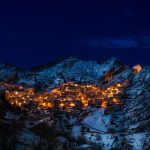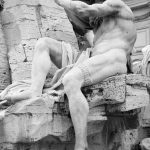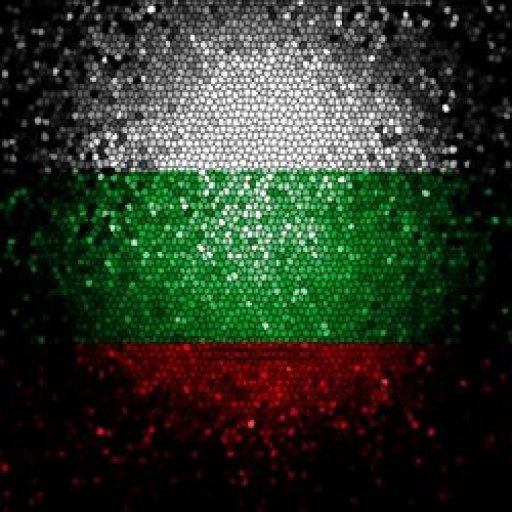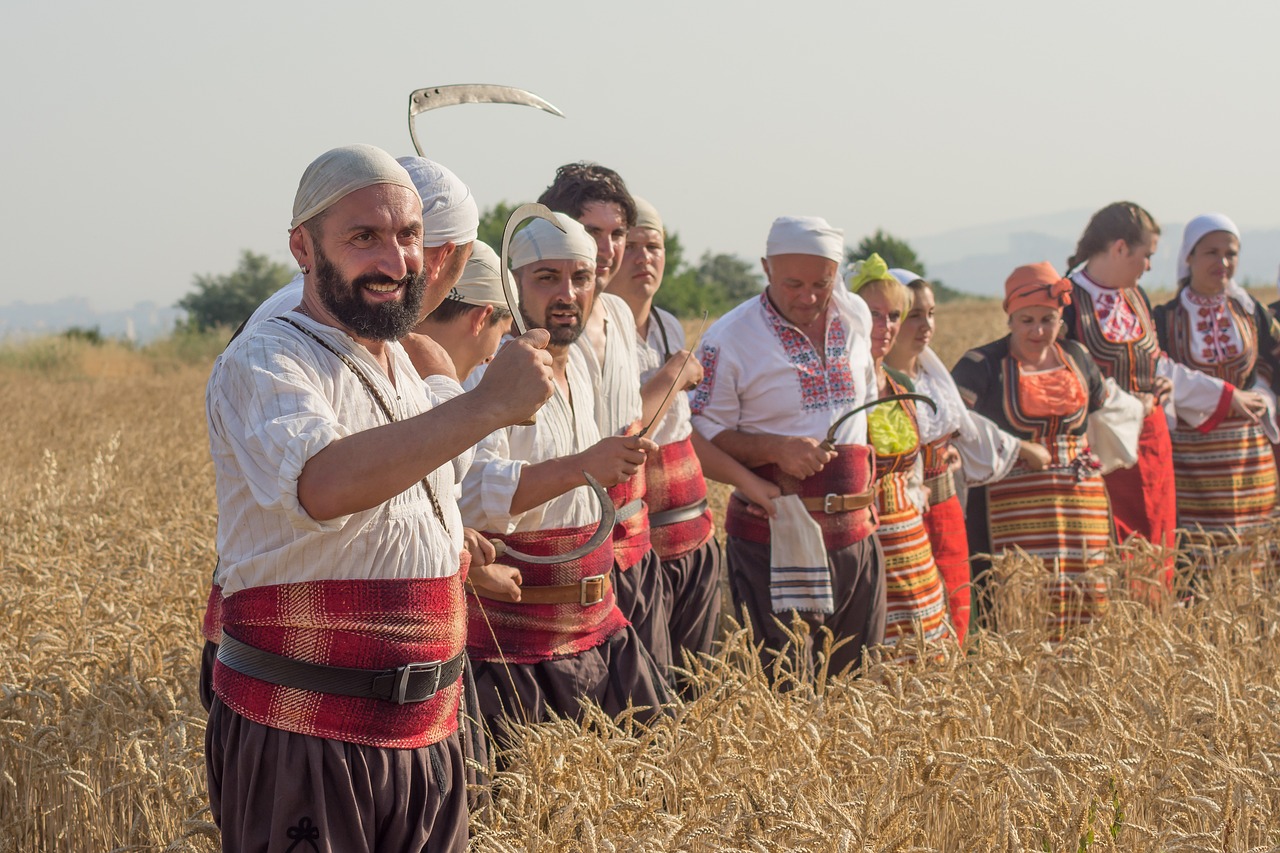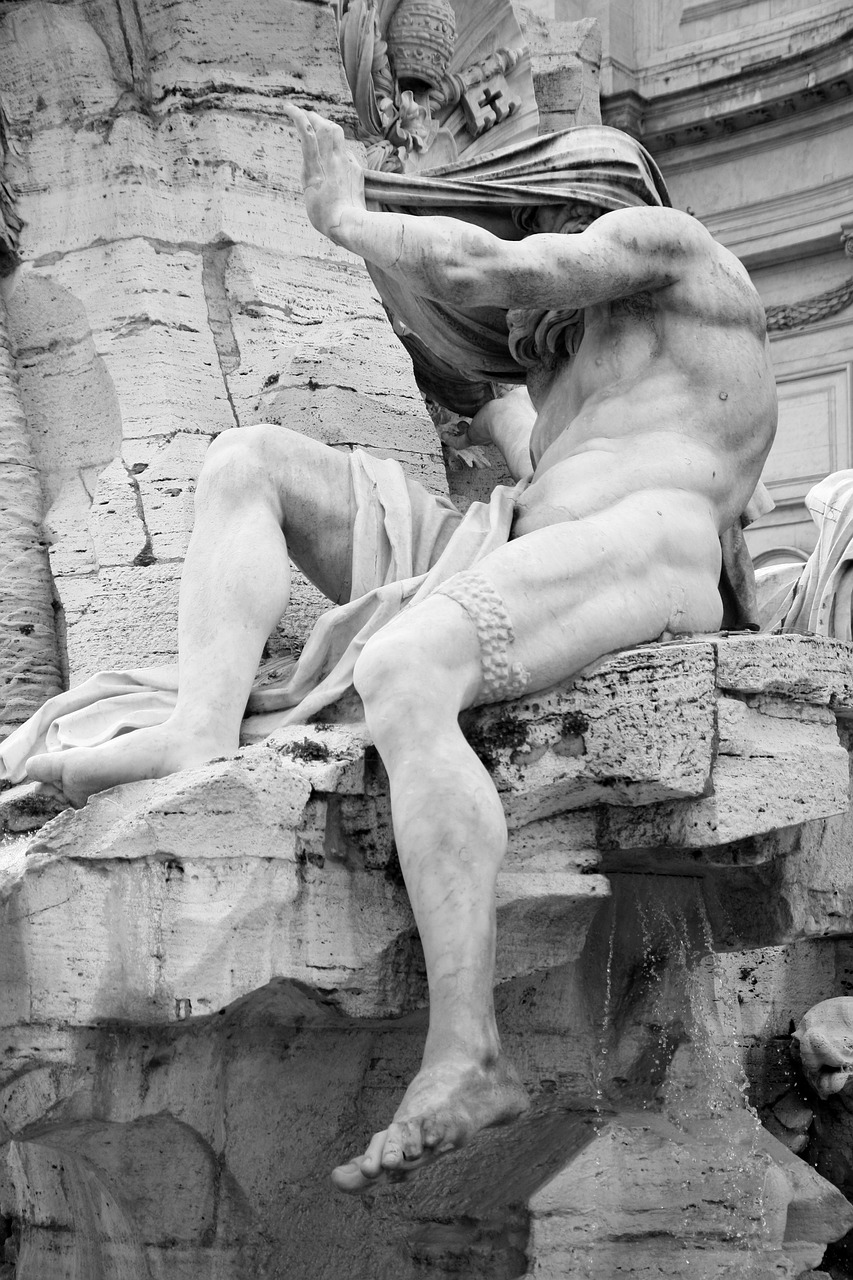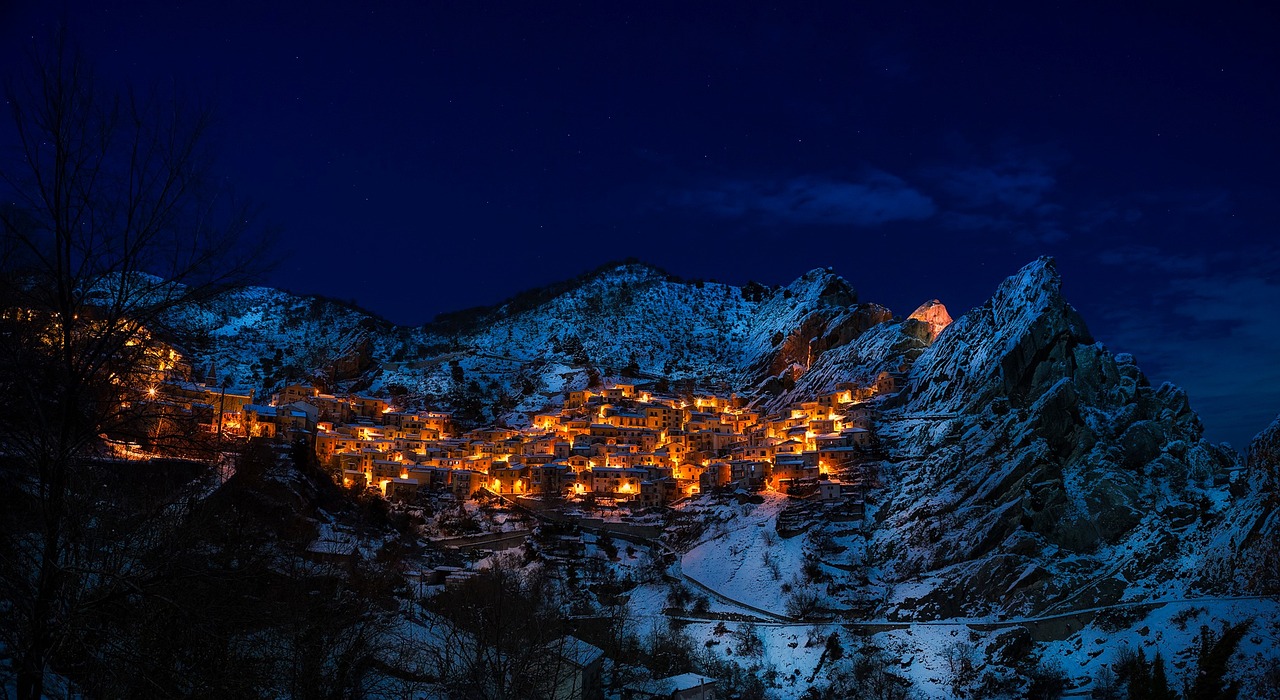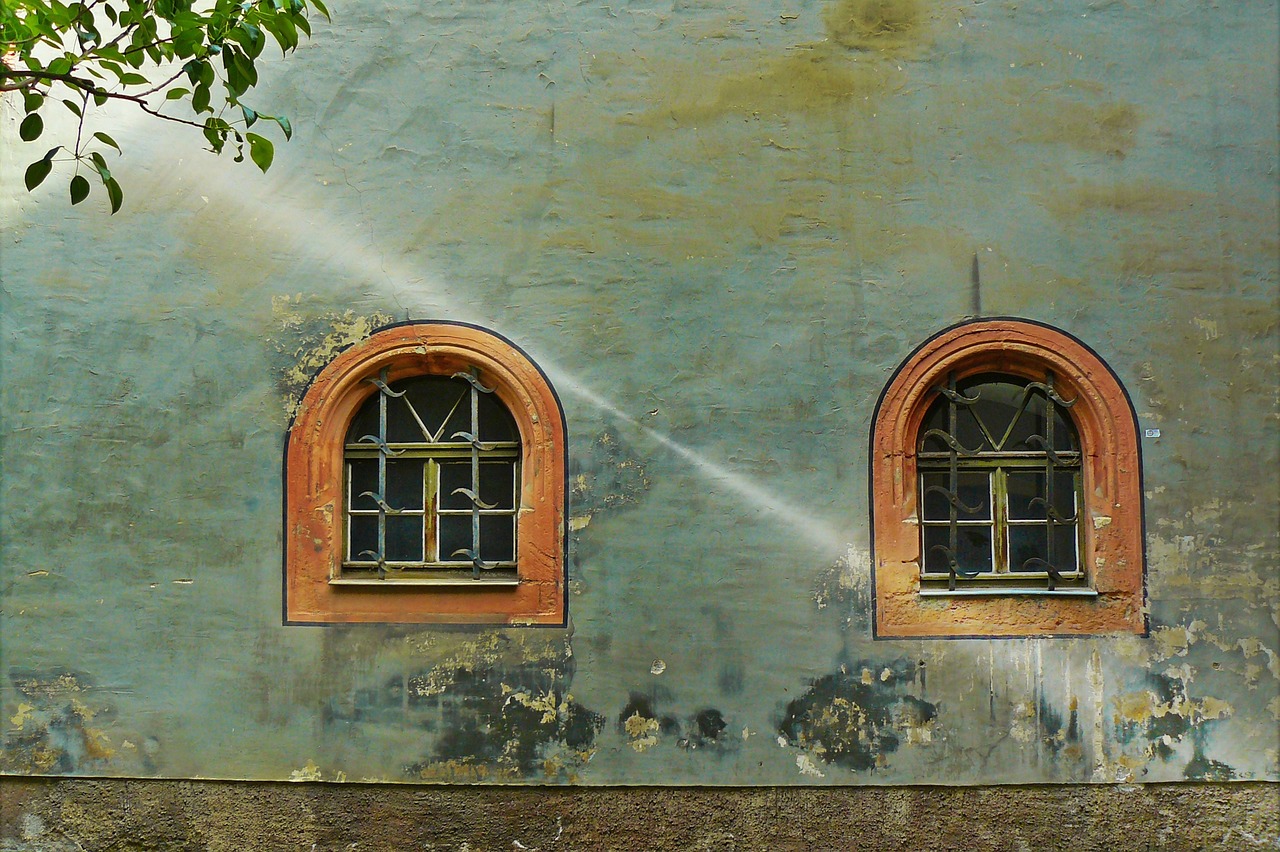Nestled in the enchanting region of Strelcha, Bulgaria, lies the magnificent Zhaba Mogila Thracian Tomb, a captivating archaeological wonder that transports visitors back to the 5th-4th centuries BCE. Like a time capsule, this ancient Thracian cultic complex, known as a Heroon, reveals the revered burial practices and beliefs of a bygone era. Standing proudly as one of Bulgaria’s largest mounds, with its impressive diameter of 80-90 meters and towering height of 20 meters, the tomb’s facade boasts an exquisite four-wheeled chariot and sacrificed horses, symbolizing the grandeur and significance of those interred within.
As visitors step into this sacred space, they are greeted by a trove of artifacts, meticulously displayed in the Strelcha Museum of History, offering a glimpse into the lives and rituals of these enigmatic Thracians. Accessible via a cart track that begins at the railway crossing, this archaeological gem invites exploration and discovery. To further enrich their journey, visitors are encouraged to seek information at the tourist information centers in Hisarya and Strelcha, where they can uncover additional nearby attractions, such as the Etropole History Museum, Sopot, the Etropole Clock Tower, the National Festival of the Bulgarian Folklore in Koprivshtitsa, and the Old Town Architectural-Historical Reserve in Plovdiv. Embark on a voyage of wonder and freedom as you delve into the ancient Zhaba Mogila Thracian Tomb, where the past comes alive to captivate and inspire.
Key Takeaways
- Zhaba Mogila Thracian Tomb is the largest mound in the region and one of the largest in Bulgaria.
- The tomb is a Thracian cultic complex known as a Heroon, consisting of a mausoleum or crypt and a temple.
- Most artifacts discovered at the tomb are preserved in the Strelcha Museum of History.
- The tomb is open to visitors and was declared an archaeological and cultural landmark in 1962.
Location and Description
The Zhaba Mogila Thracian Tomb is located in Strelcha, Bulgaria and is the largest mound in the region, measuring 80-90 meters in diameter and 20 meters in height. This archaeological site holds significant cultural heritage and provides valuable insights into the Thracian civilization. The tomb consists of a mausoleum or crypt and a temple, forming a Thracian cultic complex known as a Heroon. Excavated in 1976, the tomb dates back to the 5th-4th centuries BCE and was used as a crypt and mausoleum for important Thracians. The burial site was sealed with a pile of stones after the interment of an esteemed Thracian, possibly a ruler or noble. Noteworthy finds include a four-wheeled chariot and sacrificed horses placed in front of the tomb’s facade. Most of the artifacts discovered at the site are on display at the Strelcha Museum of History. The Zhaba Mogila Thracian Tomb is not only an archaeological treasure but also a cultural landmark, attracting visitors interested in exploring the rich history of the Thracian civilization.
Historical Significance
Considered one of the most historically significant archaeological sites in Bulgaria, the Zhaba Mogila Thracian Tomb in Strelcha showcases a complex cultic structure that served as a mausoleum and temple during the 5th-4th centuries BCE. This tomb holds great cultural importance and archaeological significance, shedding light on the ancient Thracian civilization and their burial practices. The tomb’s architectural design, with its water-filled moat and surrounding mound, reflects the Thracian belief in the cyclical nature of life and death. The discovery of a four-wheeled chariot and sacrificed horses in front of the tomb’s facade further emphasizes its significance as a final resting place for important Thracians, possibly rulers or lords. The artifacts found within the tomb, which are now preserved in the Strelcha Museum of History, provide valuable insights into Thracian culture and craftsmanship. The Zhaba Mogila Thracian Tomb stands as a testament to the rich history and cultural heritage of Bulgaria.
| Cultural Importance | Archaeological Significance |
|---|---|
| Reflects Thracian belief in life and death | Sheds light on ancient Thracian civilization |
| Final resting place for important Thracians | Provides insights into Thracian culture |
| Significance as a mausoleum and temple | Highlights Thracian craftsmanship |
| Valuable artifacts preserved in Strelcha Museum of History | Testifies to the rich history of Bulgaria |
Visiting and Tourism Information
Located outside the city on the Pazardzhik highway, the Zhaba Mogila Thracian Tomb in Strelcha beckons visitors to uncover the secrets of an ancient burial ground. While there are no guided tours available at the tomb, visitors can explore the site at their own pace. The tomb is open to the public and offers a unique opportunity to witness the rich Thracian culture and history. Additionally, there are two tourist information centers in Hisarya and Strelcha, where visitors can gather more information about the tomb and other nearby attractions. Speaking of attractions, the region offers a plethora of interesting sites to explore. Some recommended nearby attractions include the Etropole History Museum, Sopot, the Etropole Clock Tower, the National Festival of the Bulgarian Folklore in Koprivshtitsa, and the Old Town Architectural-Historical Reserve in Plovdiv. Visitors to the Zhaba Mogila Thracian Tomb can combine their visit with these other fascinating destinations, making for a truly enriching experience.
Frequently Asked Questions
What is the significance of the water-filled moat surrounding the Zhaba Mogila Thracian Tomb?
The water-filled moat surrounding the Zhaba Mogila Thracian Tomb holds significance as it served both practical and symbolic purposes. It acted as a defensive feature and also held symbolic meaning related to the cultic rituals and beliefs of the Thracians. Legends or myths associated with the moat are not mentioned in the available information.
Can visitors enter the mausoleum or crypt of the tomb?
Visitors are restricted from entering the mausoleum or crypt of the Zhaba Mogila Thracian Tomb. Legends associated with the tomb suggest that it is believed to be cursed, which may have led to the restriction.
Are there any restrictions or guidelines for visitors at the tomb?
Visitor restrictions at the Zhaba Mogila Thracian Tomb include the prohibition of entering the mausoleum or crypt. Safety guidelines are not explicitly mentioned, but visitors are advised to follow general safety precautions while exploring the site.
What is the significance of the four-wheeled chariot and sacrificed horses found in front of the tomb’s facade?
The four-wheeled chariot and sacrificed horses found in front of the tomb’s facade have significant cultural and religious meaning in Thracian society. They may represent the deceased’s status, power, and the belief in an afterlife. Legends and myths surrounding the tomb may provide further insights.
Are there any legends or myths associated with the Zhaba Mogila Thracian Tomb?
Legends or myths associated with the Zhaba Mogila Thracian Tomb have not been specifically mentioned in the provided information. Further research or local folklore may provide insights into any potential mythical or legendary associations with the tomb.

